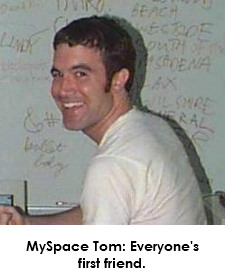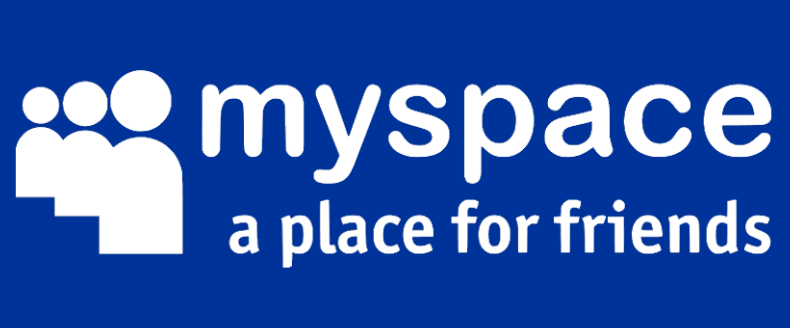Continuing our recent stroll through the halls of digital politics memory, let’s go back this week to the early earliest days of social advocacy. Friendster may have been a ghost and Facebook a glimmer on the horizon when Epolitics.com launched in 2006, but MySpace was going strong. That fall, the folks at M&R Strategic Services published their “Ten Commandments of MySpace Advocacy” to help nonprofits and advocacy communicators navigate what was very much a Wild West compared with the buttoned-down approach of its eventual nemesis, Facebook.

When I first wrote about the M&R guide right before the 2006 elections, I linked to M&R’s PDF, whic is by some miracle still online. To guard against its destruction in a future frenzy of digital closet-cleaning, I’ve archived a copy here, and you should definitely check it out.
Some of the language reflects the attitudes toward outreach on “social networking sites” at the time (“social media” was then a broader concept, btw, closer to what we now refer to as “user-generated content”). For instance, the document reflects a MySpace that’s definitely a young person’s medium (“Do you have someone around who already has experience with MySpace? A young staffer? An intern? Your niece? Get them involved, their experience will be a big help.”), though it does also link to an article on other social networks that may reach older audiences.
But what’s fascinating as how many of the basic principles still apply, for instance:
- MySpace will take time and resources! As anyone maintaining a Facebook page will tell you, this fact is true, true and true in our contemporary social media world.
- Look at who’s talking about you on MySpace and what they’re saying. Social media monitoring, baby — a damn big business these days.
- Keep up consistent communications with followers. Key to success on Facebook, Twitter, et al.
- Funnel MySpace followers to your website to capture email addresses. Still good advice, and still hard to pull off on a large scale.
- Post your edgiest, “most viral” content. People share what they want to! And the more “out there” the content is, the more likely it is to cut through the clutter. Assuming of course that you’re not diluting — or destroying — the value of your brand in the process. We forget how chaotic an environment MySpace was! With almost total control over the layout of their profiles, and little idea of the potential consequences of posting that photo of your new bondage gear, people went wild.
- Prepare to lose control. Then as now, you can’t pre-filter or otherwise moderate everything your “friends” do or say online. It’s about influence, not control.
All in all, a great read for anyone in the field today, and unlike those Second Life articles we linked to last week, at least the PDF hadn’t ended up in the dustbin of website history. Check it out: MySpace Tom would be proud.
Update: Another great article from that era! Take a look at Ivan Boothe’s “Using Social Networking to Stop Genocide” — I remember seeing him give a presentation about that campaign. Awesome stuff — YouTube is like Flickr, but in motion!
– cpd

